I'm constantly shipping and receiving bows, for both sales and refurbishments. Of course, this is a tricky operation, because even if you use a carrier, it's hard to know what's going to happen to these fragile sticks. That's why I've decided to share with you a few tips and tricks for sending your bow safely.
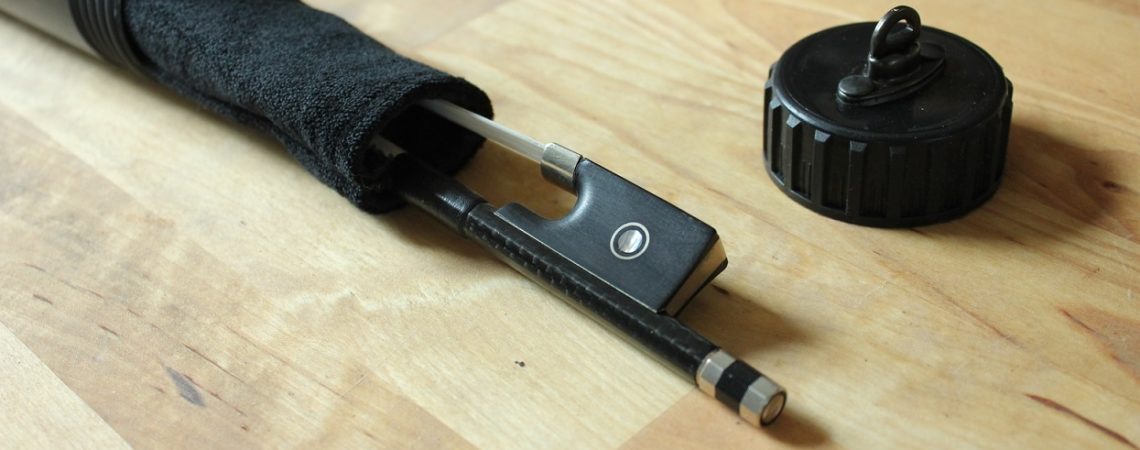
Why send out the bow?
There are many reasons why you might want to send your bow. Generally, to avoid having to travel to your luthier or bow maker, if his workshop is a little far away.
Send your bow for rehairing or repair
It is entirely possible to send your bow to a luthier or bow maker for rehairing or repair. This is an ideal solution if you need to send a bow back to its manufacturer, who will be the most qualified to take care of your bow in the event of breakage. On the other hand, it can also give you access to the services of professionals even if they are not in your area. So, even if you send your bow for repair, it's best not to damage it further during the journey.
Selling your bow
If you want to sell a bow, whether through a professional or to a private individual, you can also ship it, especially if that person is geographically remote. This will give you a greater chance of reselling your item at the best price, and avoid problems of damage during transport.
How to pack your bow properly
As any carrier will tell you, impeccable packaging is a prerequisite for proper parcel handling. That's why I'm going to give you two solutions for sending your bow. I'll also give you a few tips on carriers to reduce your costs and avoid falling into certain traps.
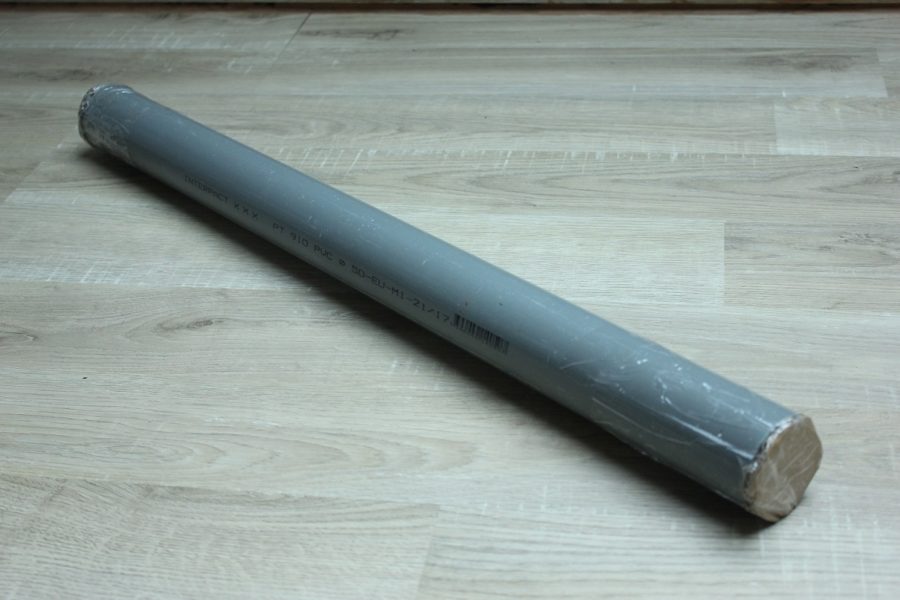
Tinkering with your own bow case
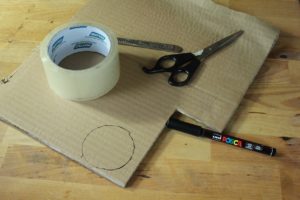
The materials
- PVC pipe(approx. 80 cm long and 3 to 5 cm in diameter)
- Cardboard or wood(a few millimeters thick)
- A roll of bubble wrap(equal in width to the length of the tube)
- Wide scotch tape
Tools list
- A saw
- A pair of scissors
- A felt-tip pen
- A cutter
1 - The tube
Tubing needs two qualities to protect a bow well: lightness and strength. The best compromise I've found, which is also very inexpensive to buy(and free if you've got some plumbing scraps at home), is a simple PVC pipe. You can easily find it in any DIY store for under €5 for 2 meters.
Violin and viola bows are the largest, measuring around 75 centimetres. That's why you need to allow around 80 centimetres to comfortably fit a bow inside with a little padding.
It's easy to cut with any hand saw, and a hacksaw or wood saw will do the trick just fine. It's important to leave a little margin
2 - Bow packaging
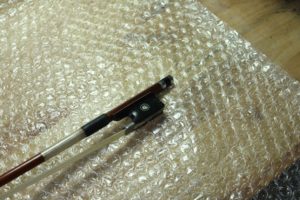
The principle is simple: you need to caulk the rod inside the tube so that it doesn't move and is isolated as much as possible from external elements(humidity, dust, temperature, shocks, etc.). Not forgetting, of course, that the inside of these pipes is not always very clean.
The simplest way is undoubtedly to use bubble wrap. It should be about the same length as the tube, and extend beyond the ends of the wand.
To wrap it, simply roll the bow centered in the paper as you would a pancake. Then place pieces of scotch tape at the ends and in the middle to give coherence to the whole.
You'll need to be careful with the final size of the roll, as it will need to fit into the tube without forcing it, but without being too loose. It's up to you to find the right balance.
3 - Tube closure
The final step is to effectively close the tube so that it arrives at its destination without losing its cargo.
Simply sealing the two tube openings might work, but they would still be rather sensitive to perforation. That's why it's best to reinforce them with circles of wood, plastic, metal or cardboard.
A piece of cardboard, however, is easier to shape, so I'm going to show you this method. You don't need to do a very clean job, just take a felt-tip pen and transfer the diameter of the tube to your cardboard, then cut it out with a chisel.
Then simply apply three pieces of scotch tape:
- A first direct look at this new cap.
- The second crossing the first.
- Finally, simply overlap the two previous tapes directly onto the tube to seal them permanently.
Commercial cases
If DIY isn't for you, you can also opt for a bow case. You're sure to find one in any specialist store, in all shapes and sizes and at all prices.
I will, however, introduce you to the one I prefer for sending and receiving a bow.
BAM bow case
This case is reputed to be indestructible, and easy to open and close repeatedly. It comes with a "fleece" sheath that absorbs shocks magnificently and protects the bow gently.
A few details about the carriers
Here are a few details and tips to know if you want to send your bow in the best conditions and at the best price.
Tubes at La Poste
You should be aware that if you decide to send your bow in a tube by post, you'll have to pay a surcharge of around €6. This is because mail processing machines are not designed to handle objects of this shape. So they have to be processed manually, at an extra cost.
However, to avoid the extra cost, you can also place the tube in a self-built box with a rectangular cross-section(even a partial one).
This article is bound to evolve, so feel free to share your experience of bow sending or even give your own tips in the comments.


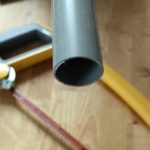
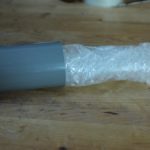
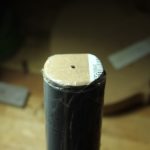
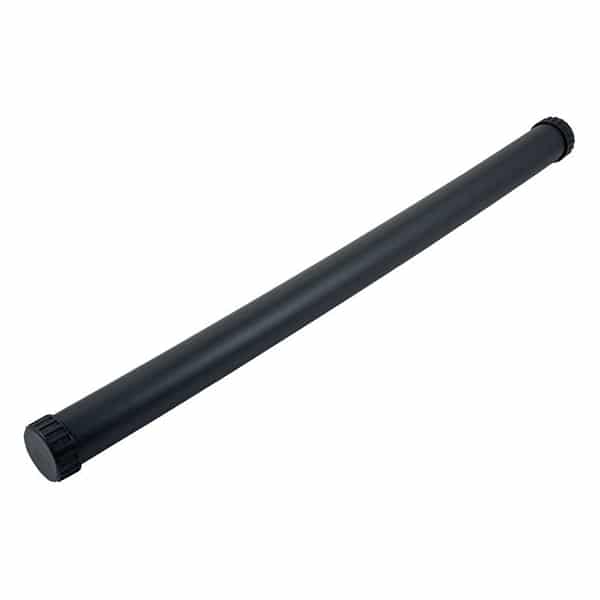
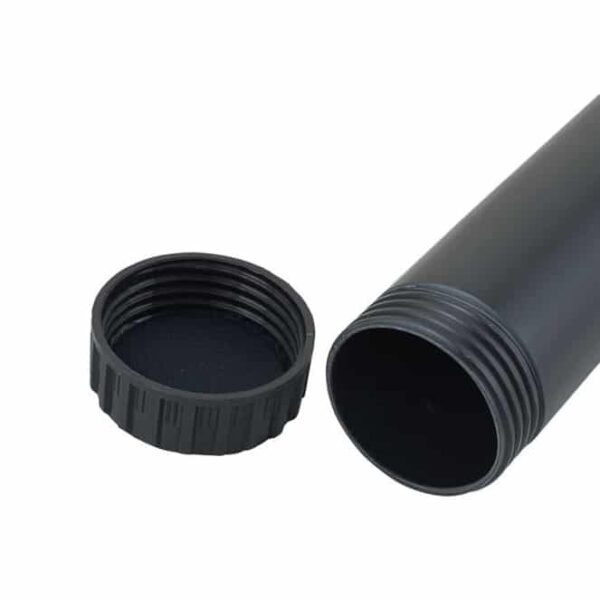
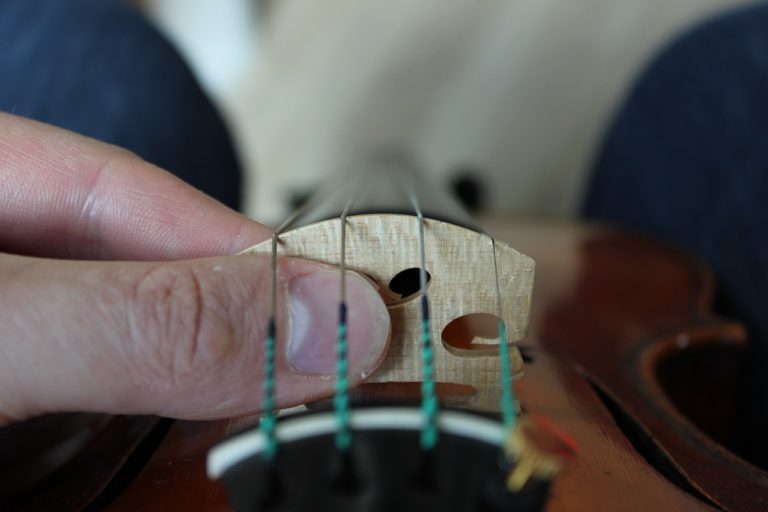
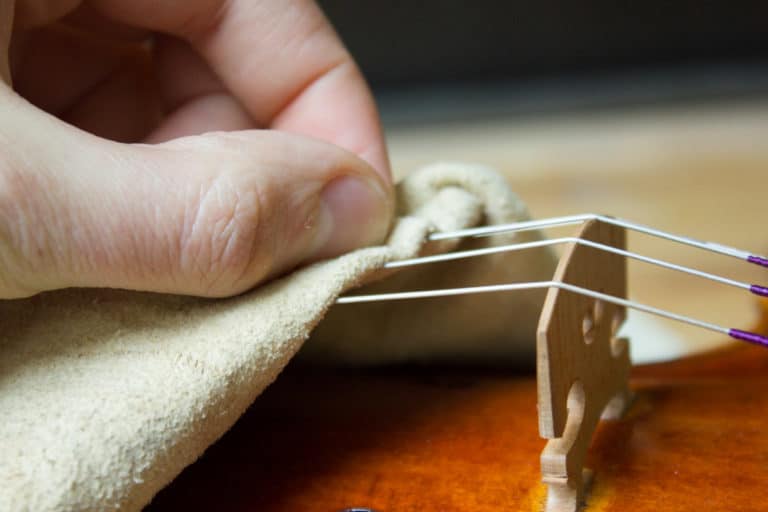

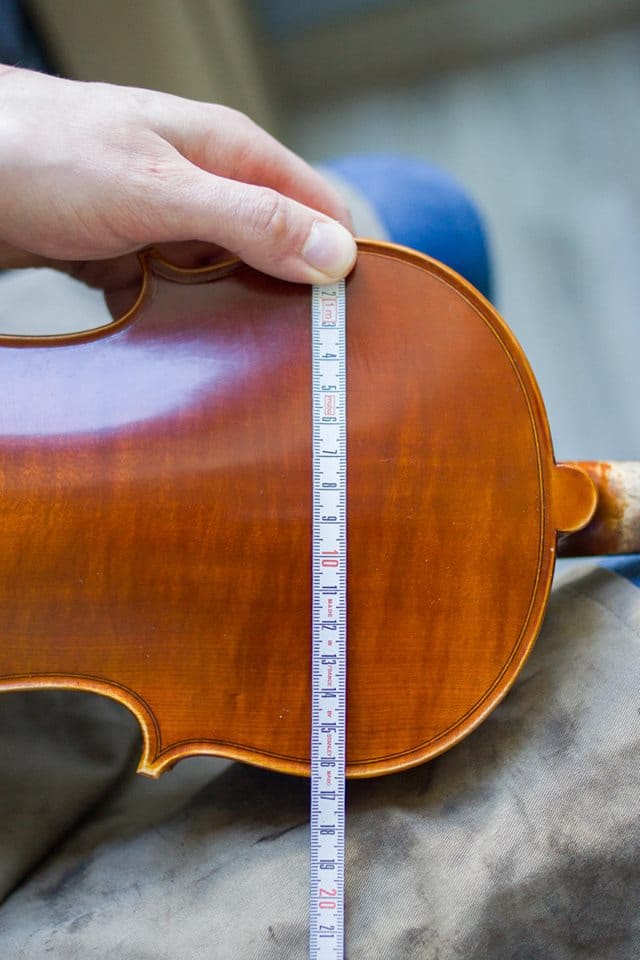

Hello, I've been told that bubble wrap can leave marks on varnish. What do you think?
Thanks
Yes, it's possible, but it depends on the varnish. With the exception of certain industrial bows, the thickness of the varnish is negligible and these gaps are easily corrected. What's more, bow varnishes are generally harder than violin varnishes, so this is statistically less likely to happen.